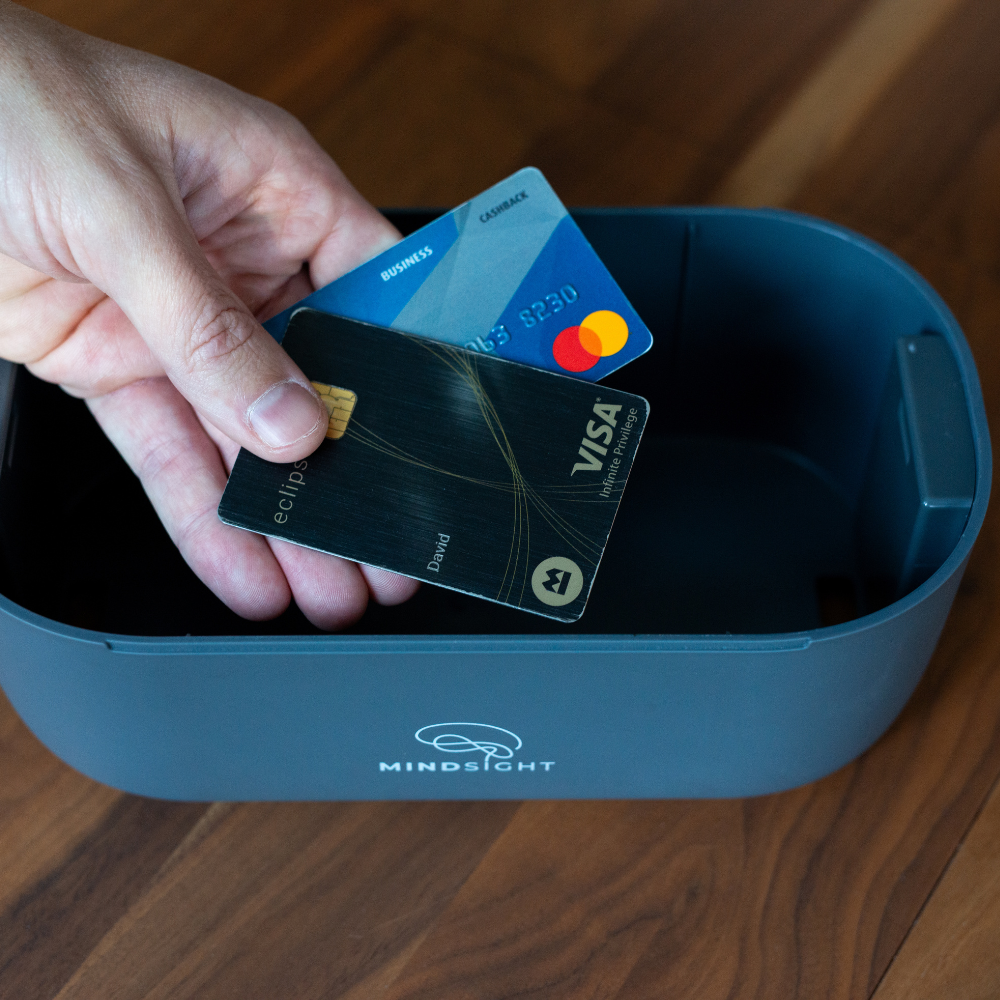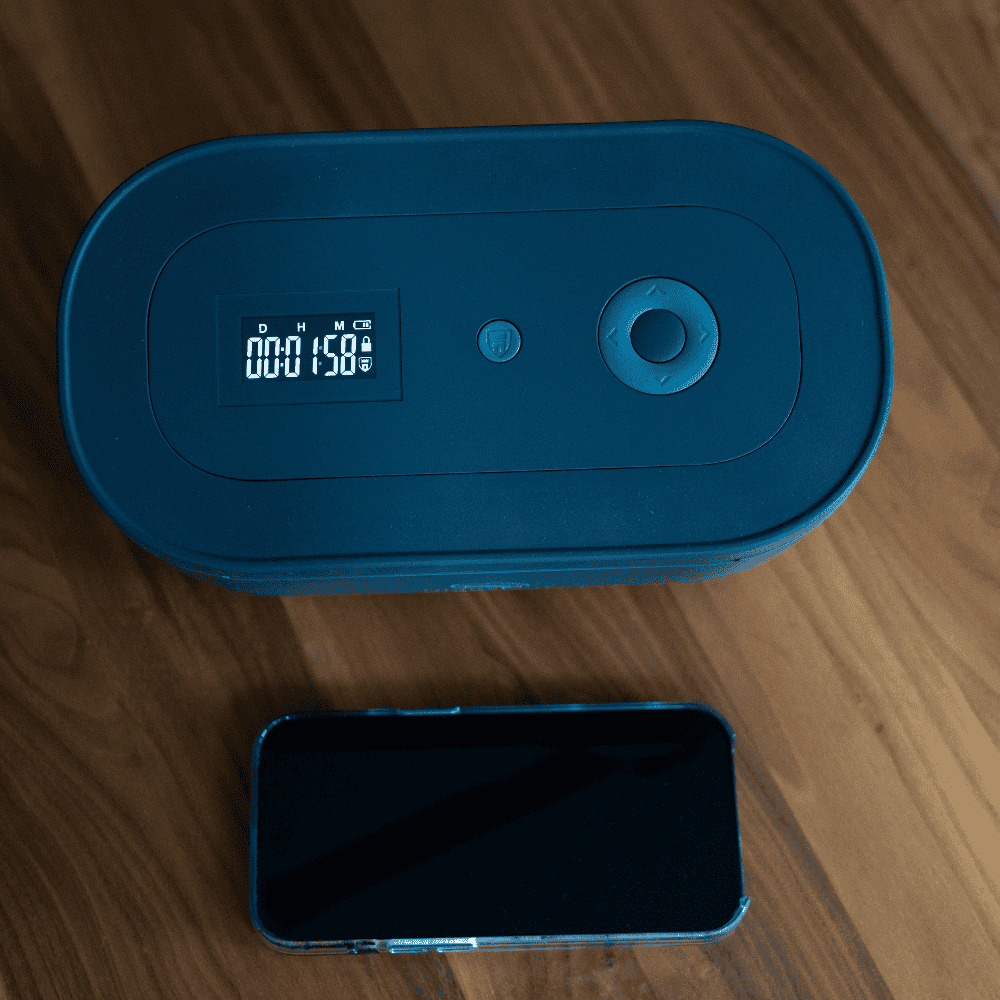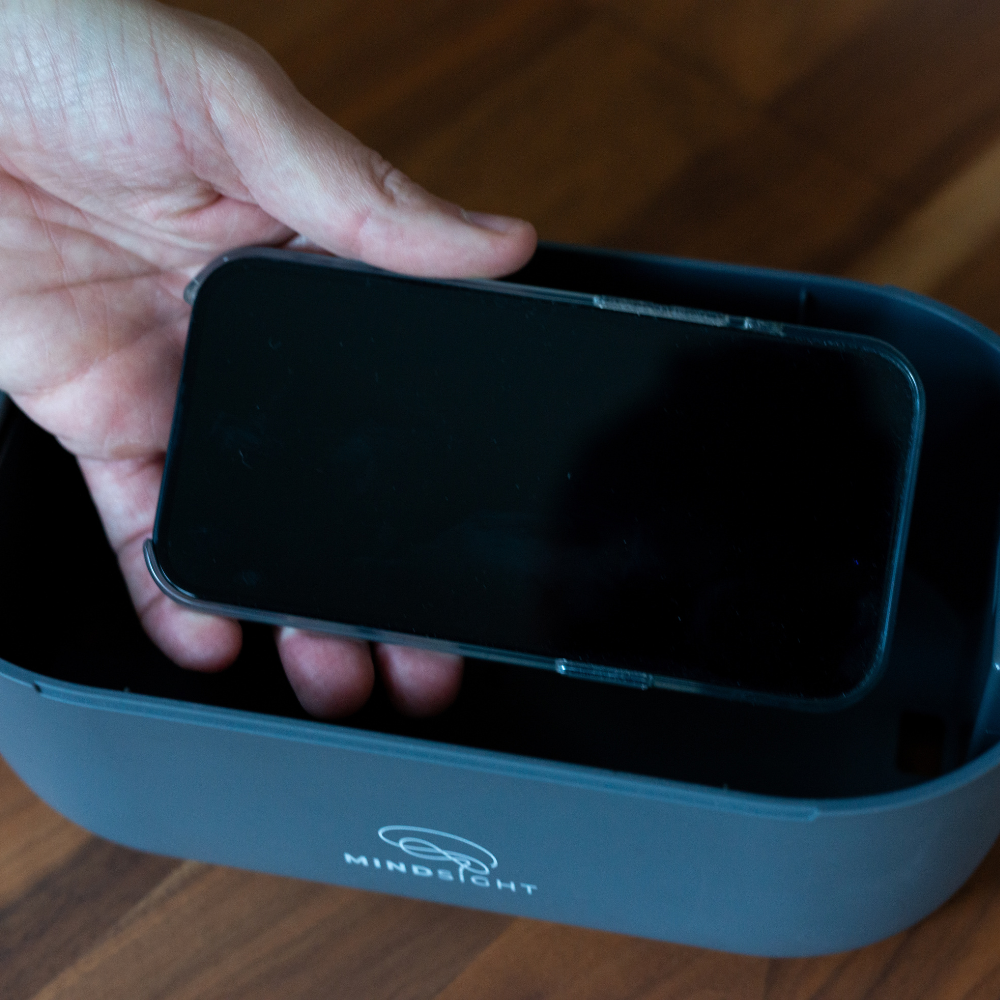Mindful Matters
The Productivity Hack You Didn’t Know You Needed: Timed Lockboxes
The Productivity Hack You Didn’t Know You Needed: Timed Lockboxes Learn how locking away distractions can dramatically improve your focus and productivity. - 3 minute read - In a world filled with constant distractions, finding ways to stay focused is essential. A timed lockbox is one of the best productivity tools available—it forces you to put away your distractions, whether they’re your phone, gaming devices, or other temptations. By creating scheduled intervals where access to distractions is delayed, you allow yourself to concentrate on important tasks. This simple change can help improve your workflow, boost your efficiency, and enhance your overall productivity. Benefits include: Screen-Free Productivity: Enjoy uninterrupted work sessions. Focus Boost: Reduces the temptation to check your phone. Improved Concentration: Encourages deeper work and more effective time management. Integrating a timed lockbox into your routine is a small adjustment that can yield significant improvements. For other productivity tips you didn't know you needed, check out this Adults of Tomorrow article. What distraction do you struggle with most, and how might eliminating it boost your productivity? Explore more productivity tips on our blog and discover how to make every minute count.
Learn moreThe Best Tools for Overcoming Phone Addiction (That Actually Work)
The Best Tools for Overcoming Phone Addiction (That Actually Work) The Best Tools for Overcoming Phone Addiction (That Actually Work) Compare various solutions and learn why a timed lockbox is an effective digital detox tool. - 4 minute read - In today's hyper-connected world, phone addiction has become a major distraction. Many products claim to help reduce screen time, but few offer a real solution. The timed lockbox stands out as a practical tool that forces a digital detox by delaying access to your device. This simple yet effective method works by introducing a pause between the urge to check your phone and actually doing so. Over time, these enforced breaks can help retrain your brain to focus on more meaningful tasks. Key advantages include: How to reduce screen time: It creates structured intervals away from your phone. Phone addiction recovery: Helps build a routine that minimizes compulsive checking. Digital detox products: Outperforms other tools by emphasizing delayed gratification. By integrating a timed lockbox into your routine, you can regain control over your digital life and boost productivity. For more insights, check out this Opal article on 15 tips to control phone addiction. How do you think a structured break from your phone might change your daily routine? For additional tips on digital detox and overcoming phone addiction, visit our blog or explore related resources.
Learn moreThe Science of Self-Control: Why a Timed Lockbox Helps Train Willpower
The Science of Self-Control: Why a Timed Lockbox Helps Train Willpower Discover how structured delays and habit loops boost impulse control. - 4 minute read - Our ability to control impulses plays a crucial role in our everyday lives. Studies in the psychology of self-discipline reveal that small delays can train our willpower. A timed lockbox is one such tool, forcing you to pause before acting on impulses. This delay can help rewire your brain to favor long-term rewards over immediate gratification. When you lock away your phone, snacks, or cigarettes, you create a moment of reflection—a chance to decide if you really need that item. Over time, this strategy builds robust self-control and reduces impulsive behavior. Key benefits include: Impulse Control Training: Small delays retrain your brain. Structured Habit Loops: Regular pauses foster lasting discipline. Enhanced Self-Discipline: Gradually, you build resilience against temptation. This practical tool isn’t just about waiting—it’s about creating a mindset that values thoughtful decisions. For further insights on the science of self control, check out this Medium article. What impulse do you wish you could control better, and could a timed lockbox be the key? For more insights on habit-breaking tools and self-control, visit our blog or explore additional resources on how to train willpower.
Learn moreHow to Stop Late-Night Snacking (Without Relying on Willpower)
How to Stop Late-Night Snacking (Without Relying on Willpower) A practical solution to curb cravings and keep your health on track. - 3 minute read - Late-night snacking often sabotages your health goals, leading to unwanted weight gain and disrupted sleep. Instead of relying solely on sheer willpower, a timed lockbox can help you put a pause on those cravings. By locking away your favorite snacks for a set period, you give yourself time to decide if you’re truly hungry or just bored. This delay not only interrupts the cycle of mindless eating but also gradually trains you to make healthier choices. As the lockbox enforces a cooling-off period, you begin to appreciate the benefits of controlled, deliberate behavior. Benefits include: Stop Emotional Eating: A pause can break the cycle of stress-related snacking. Weight Loss Self-Control: Prevent excessive calorie intake. Late-Night Snacking Solution: Develop healthier nighttime habits. Using a timed lockbox helps create a structure that reduces impulsive eating. For more ideas on managing cravings and building self-discipline, see this Forbes article. What’s your biggest challenge with late-night snacking, and do you think a timed lockbox might help? Learn more about healthy eating habits and self-control on our blog.
Learn moreHow a Timed Lockbox Can Help You Break Bad Habits & Build Self-Control
How a Timed Lockbox Can Help You Break Bad Habits & Build Self-Control How a Timed Lockbox Can Help You Break Bad Habits & Build Self-Control Learn how time-based restrictions can be a practical habit-breaking tool to build self-discipline and stop bad habits. - 3 minute read - If you're struggling to break bad habits and build lasting self-control, you’re not alone. Many people find that conventional habit-breaking tools don’t always work—but a timed lockbox might be the game changer you need. By restricting immediate access to your phone, snacks, or cigarettes, you force yourself to pause and reflect before acting impulsively. This cooling-off period is often crucial in reducing addictive behaviors. I used to be chained to my phone and absentmindedly snack throughout the day. When I began using a timed lockbox, I set a timer before I could retrieve my devices or treats. Gradually, these enforced pauses taught me to value discipline over impulse. Over the weeks, I noticed a significant improvement in my self-control, and my daily routines became more purposeful. Here’s how a timed lockbox works as a habit-breaking tool: Reduce Impulsivity: It locks away distractions, giving you time to reconsider your actions. Encourage Mindful Choices: The enforced wait time helps you evaluate whether you truly need the item. Establish Healthier Routines: Over time, the consistent delay helps you form new, disciplined habits. Using a timed lockbox isn’t just about restriction—it’s about cultivating a mindset that values long-term benefits over immediate gratification. Research has shown that habit-breaking tools, when used consistently, can lead to improved self-discipline. For more detailed strategies on building self-discipline, check out this Forbes article. In your experience, what bad habit has been hardest to break, and how did you break it? For more insights on habit-breaking tools and how to build self-discipline, explore our blog or check out additional resources on how to stop bad habits.
Learn more






